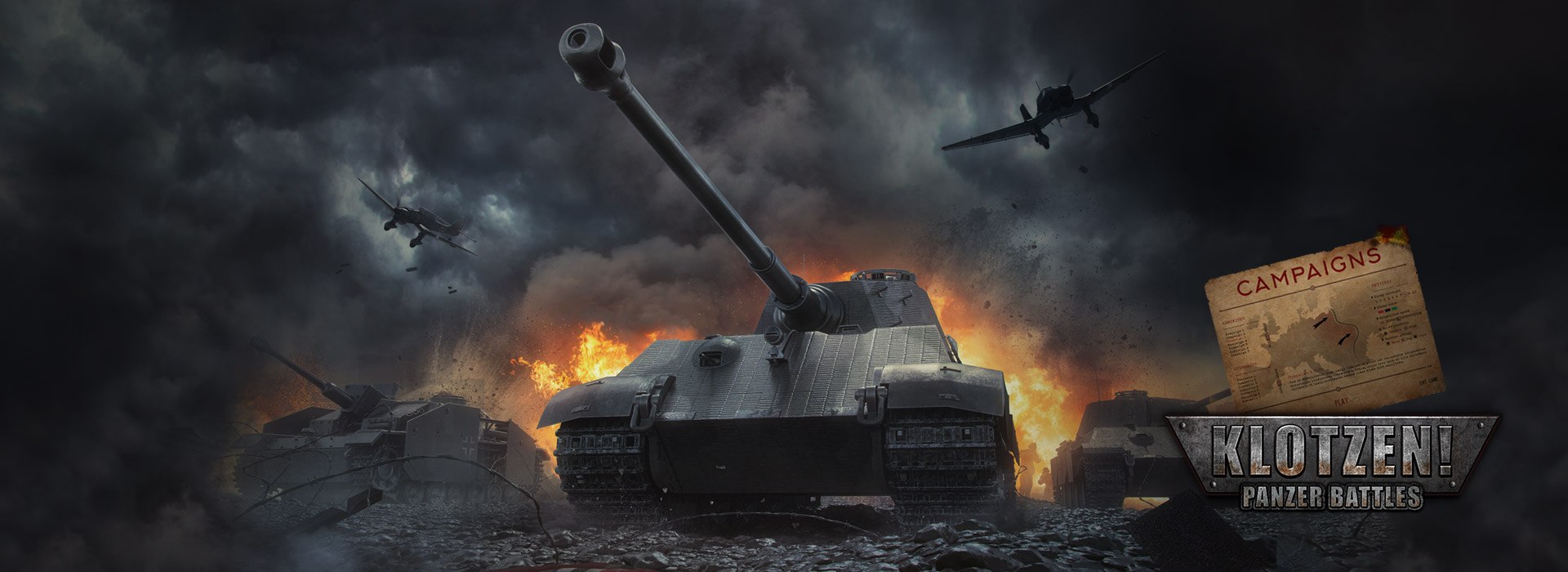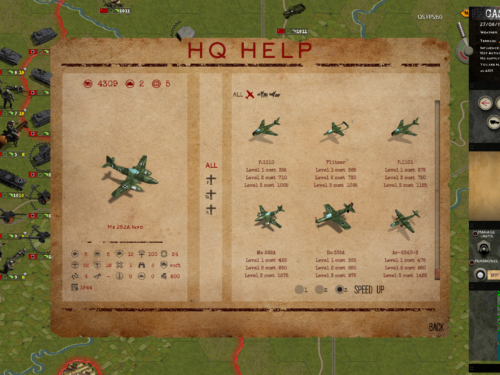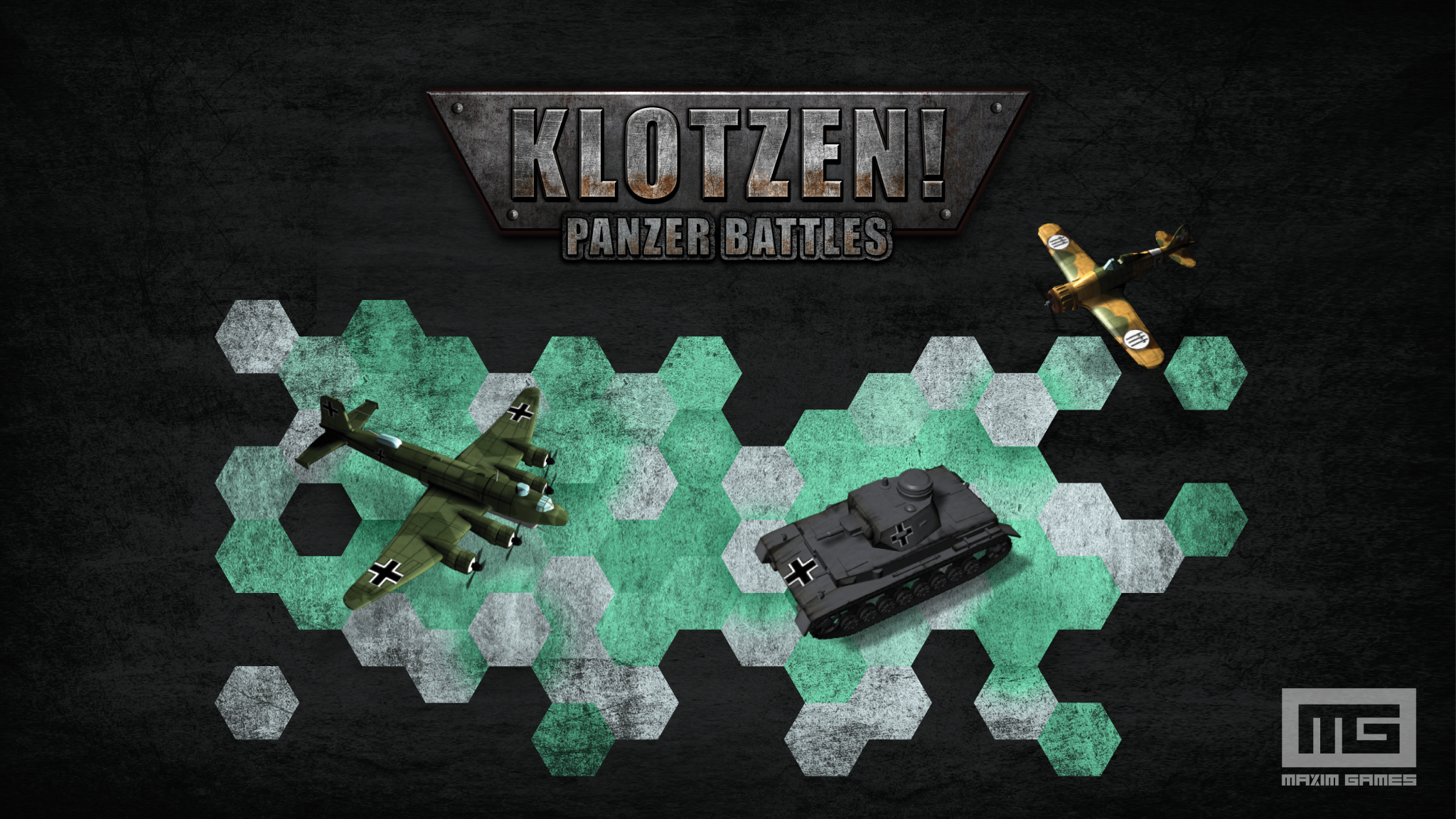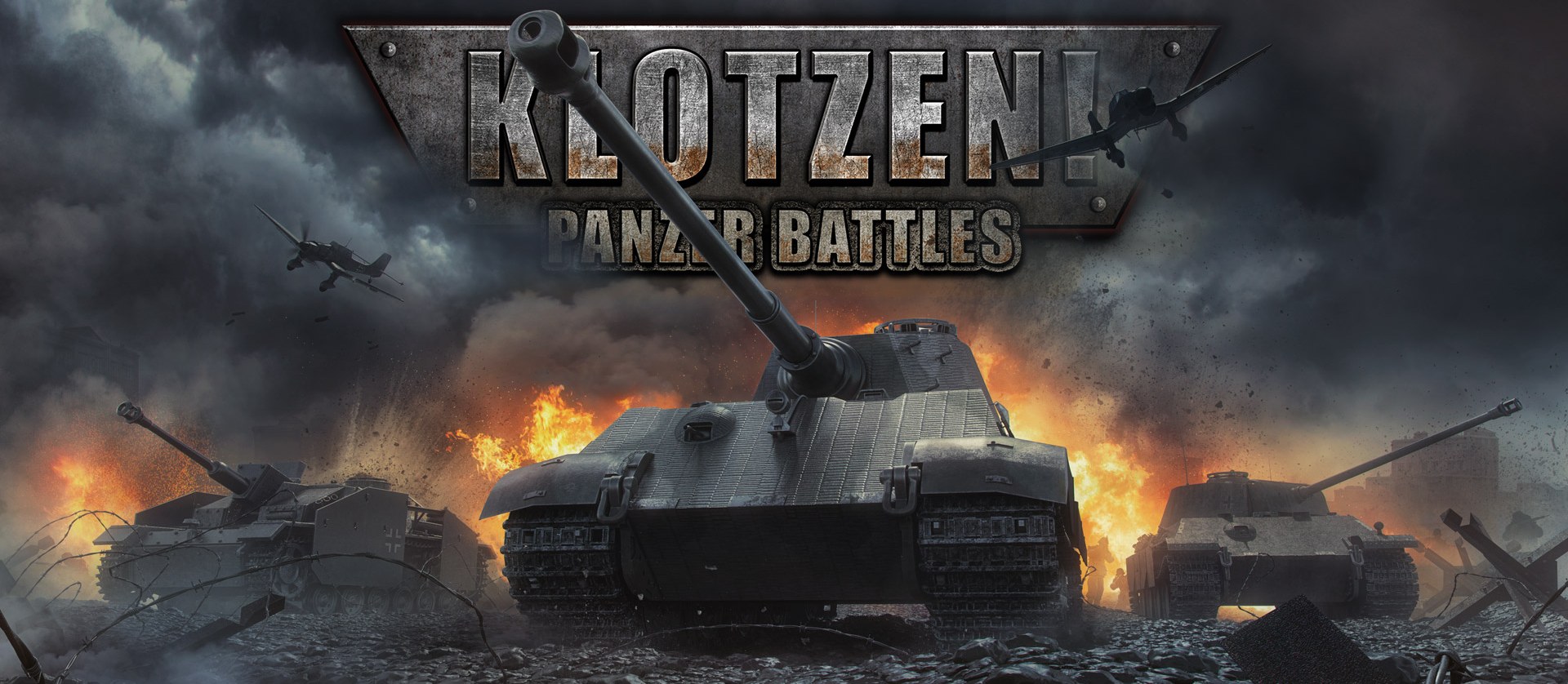The Battle of Midway and Torpedo Squadron 8
– one of the first time when camera was in the war –

The Battle of Midway
On June 4, 1942, the Japanese Imperial Navy attacked United States forces on the island of Midway. With four Japanese aircraft carriers sunk by the conclusion of the conflict, the battle was the first major victory for the US in the Pacific. But victory did not come without cost. More than 300 Americans lost their lives during the Battle of Midway, including all but one member of the bomber group Torpedo Squadron 8. Two films made by Oscar-winning director John Ford, now preserved at the National Archives, tell the story of triumph and sacrifice at Midway.
Two years into John Ford’s war service, the Hollywood director had produced Sex Hygiene, the military’s frontline weapon against venereal disease—a threat to military readiness—and established the Navy’s Field Photo Unit. When Ford was asked to find a few cameramen for an assignment in the Pacific, he put his own name forward and headed to Midway, a strategically important island halfway between mainland America and Japan.
As the United States’ codebreakers deciphered messages that alerted the US military to both the time and place of the impending conflict, the attack on Midway was not unexpected. When the battle began, Ford, along with cameramen Kenneth Pier and Jack McKenzie Jr., was ready to record the action on 16mm Kodachrome.
The men were not unscathed by the fighting; John Ford was knocked out by the force of an explosion and was awarded a Purple Heart for shrapnel wounds received during the battle. The Battle of Midway famously shows how the film itself was jarred inside the camera as a result of the blasts occurring around Ford and McKenzie. While some of the film effects appear to have been created after the fact, Ford used them to communicate the confusion and chaos of battle to American audiences.
With the fighting over, John Ford returned to the mainland and fashioned the footage into a film that would be released to theaters across the United States. To tell the story, Ford added four narrators who would have been familiar to movie-going audiences of the time. Henry Fonda and Jane Darwell had starred as Tom and Ma Joad in 1940’s The Grapes of Wrath, and Donald Crisp and Irving Pichel were in 1941’s How Green Was My Valley, with Pichel serving as an unseen narrator. Ford won Best Director Oscars for both of those films and would not have been unaware of how those voices would connect with viewers. The device may seem heavy-handed today, but one cannot deny that it is effective. The narrators helped Americans relate to the unimaginable horror of a battle happening thousands of miles away.
The Battle of Midway is perhaps only nominally a documentary, with several sequences featuring fictitious families back home framing five minutes of battle footage, but audiences who saw the film may have had their first dramatic glimpse of what it meant for the country to be at war. The Battle of Midway was released to theaters by September of 1942 and was screened in most of the nation’s theaters at a time when Americans had a regular movie-going habit. It is likely that The Battle of Midway was seen by nearly everyone who had access to a movie theater.
Torpedo Squadron 8
While The Battle of Midway was seen by nearly everyone on the home front, Torpedo Squadron 8 was made solely for the families of the lost Squadron members. On the day the attack began, Kenneth Pier was shooting footage on the deck of USS Hornet. Soon after, the men of Torpedo Squadron 8 (VT-8) were the first to fight the enemy, flying unaccompanied toward Japanese forces. When it became clear that twenty-nine of the thirty men of VT- 8 died during the battle, Ford identified and assembled footage of the airmen into a simple but poignant film. Torpedo Squadron 8 is a film memorial that shows the men mugging for the camera and posing beside their planes, unaware that they had only hours left to live.
The film, shot on 16mm, was reduced to 8mm and presented to all of the families of VT-8. We can imagine that the film served both as a painful reminder of what was lost and as a gift as family members could see their loved ones one last time. Today, we all can view this film and remember the men who gave their lives.




Recent Comments